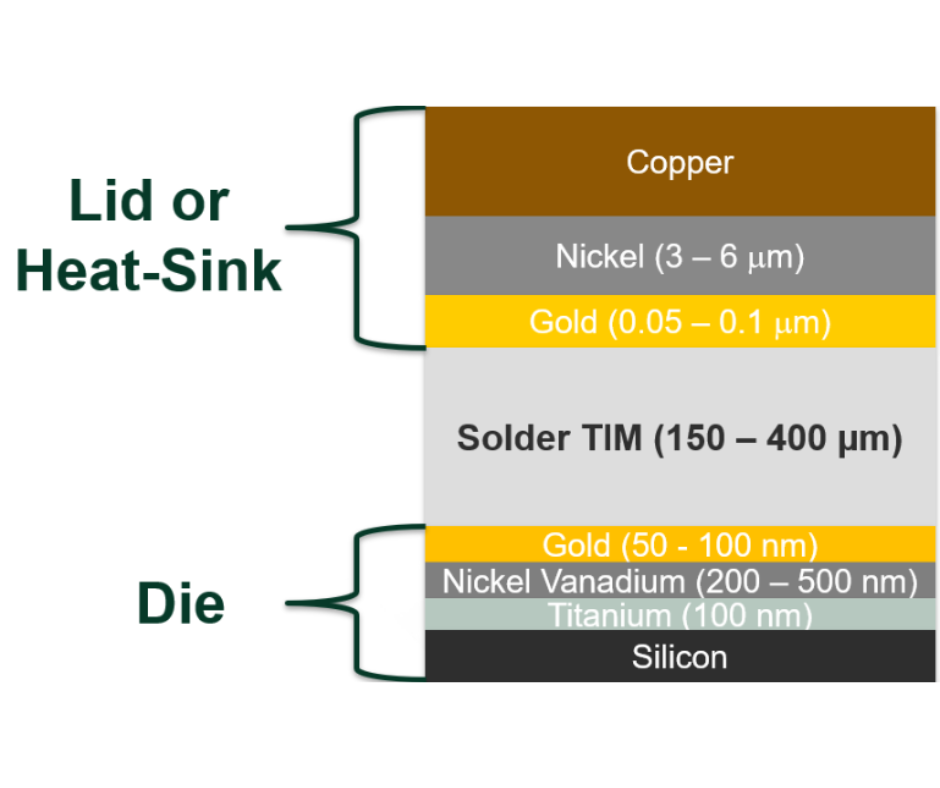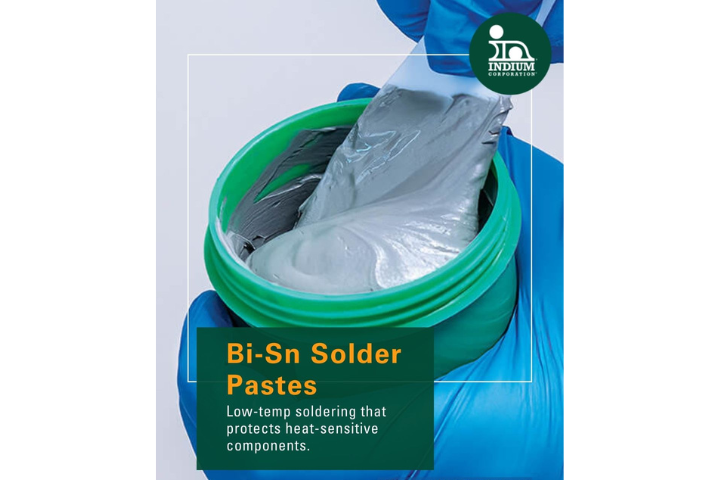
Folks,
It still surprises me that my most popular blog topic in the 15 years (yikes!) that I have been blogging is how to calculate solder alloy density having the mass fractions and densities of the alloy metals. Some years ago, I received the following comment on a blog post on this topic. The names and companies have been changed to protect the innocent (guilty?):
Dr. Lasky,
My name is John Smith, a PhD metallurgist. I read with interest your article on calculating densities of alloys. Surely your formula: 1/rhoTotal = x/rhox + y/rhoycan’t be correct. I have been at ACME metals for over 30 years and have always used:rhoTotal = xrhox + yrhoy.
Please tell me it is not wrong!
Best,
John Smith
Sorry, Dr. Smith;it is wrong. The correct derivation for 1/rhoTotal = x/rhox + y/rhoy is given here. For years, I havethought of ways to explain why rhoTotal = xrhox + yrhoy is not correct. One obvious point is that density has the units of mass/volume, so it is not obvious that rhoTotal = xrhox + yrhoy should work since x and y are mass fractions. But, in spite of this point, this wrong equation is even in textbooks.
So, I decided to calculate terms that when multiplied by the metal densities dogive the total density. I call these terms “density fractions.” I put them in quotes because if you look at the derivation, you will see that they are not quite in the form of a mass fraction.
Also, these density fractions are not useful in that you have to know the density of the alloy to calculate them. Note that the incorrect equation rhoTotal = xrhox + yrhoywould give a density for tin-lead eutectic solder of 8.79 g/cc, an error of 4.625%.
The derivation of the “density fraction” follows.

Cheers,
Dr. Ron



